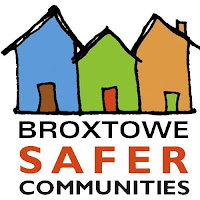Another happy day in academia.....
Situated Cognition Theory
learning is : transfer of knowledge from an expert in the field of study.
the environment and social context have an effect on the way you do things.
Community of Practices that I have or do belong to :
Teaching
Junior High School Teaching
High School Teaching
Pizza restaurant
Pizza restaurant
Documents Analysis
Family
Extended family
Math community
Green Team community
Religious
that's my web calendar page.
consider not only the learning the individual accomplishes - but also what the community itself learns - defines as it's norms and practices.
introduction of the newcomers - takes a while for them to become aware of all the resources the community offers - for example as a new student to the U, I am still learning about things that the school offers.
how do those communities change and why? change at the group level.
take the newcomer - when they are first introduced into the community the interactions are usually ver
 y formal, somewhat detached. As they become more familiar with the community, the interactions become more intimate.
y formal, somewhat detached. As they become more familiar with the community, the interactions become more intimate.The fifth discipline - how to become a learning organization.
Apprenticeship - the ultimate expression of this theory.
pg 168 - 5 types of learning trajectories :
- Peripheral - no explicit mechanisms to keep learner in the community.
- Inbound - beginning to enter the community - headed towards full participation.
- Insider - learner that is a full participant in the community
- Boundary - participation in two communities and essentially broker interactions between them.
- Outbound - when you're leaving the community
Semiosis - symbols and their meanings. - why symbols acquire meaning s and how these meanings evolve.
s and how these meanings evolve.
Learning is essentially the understanding of symbols - learning symbols and making use of them.











No comments:
Post a Comment